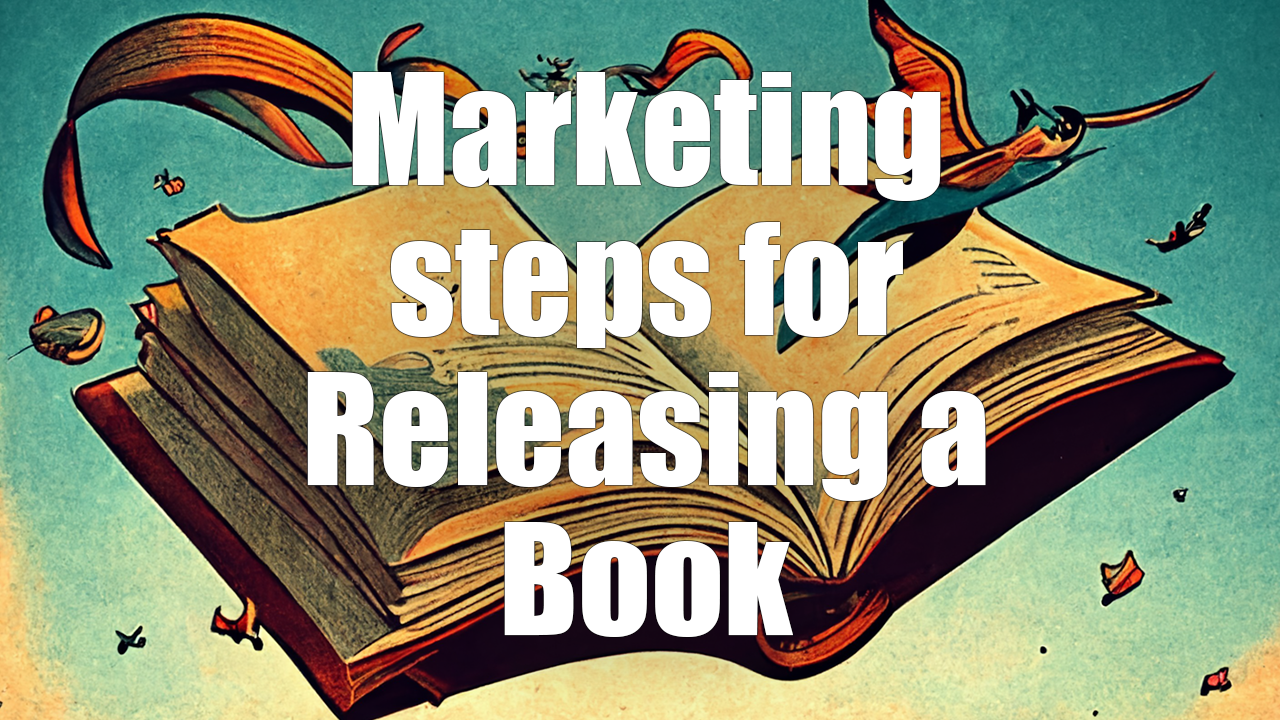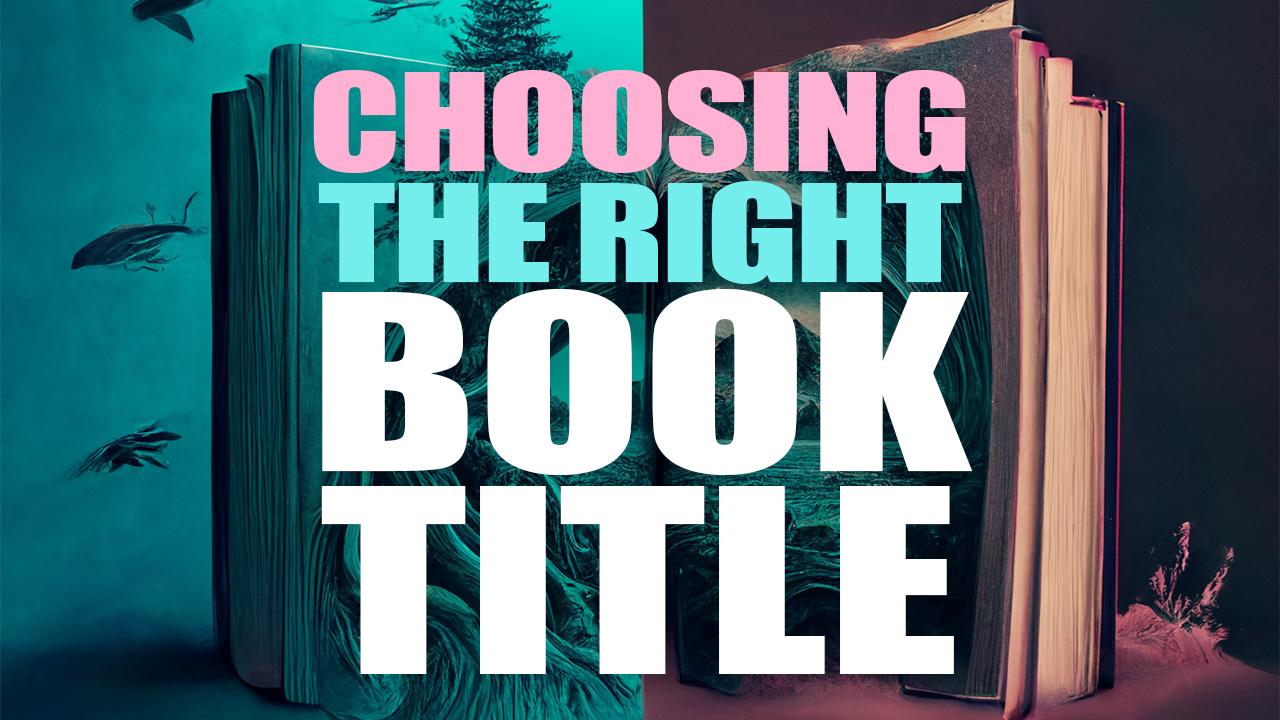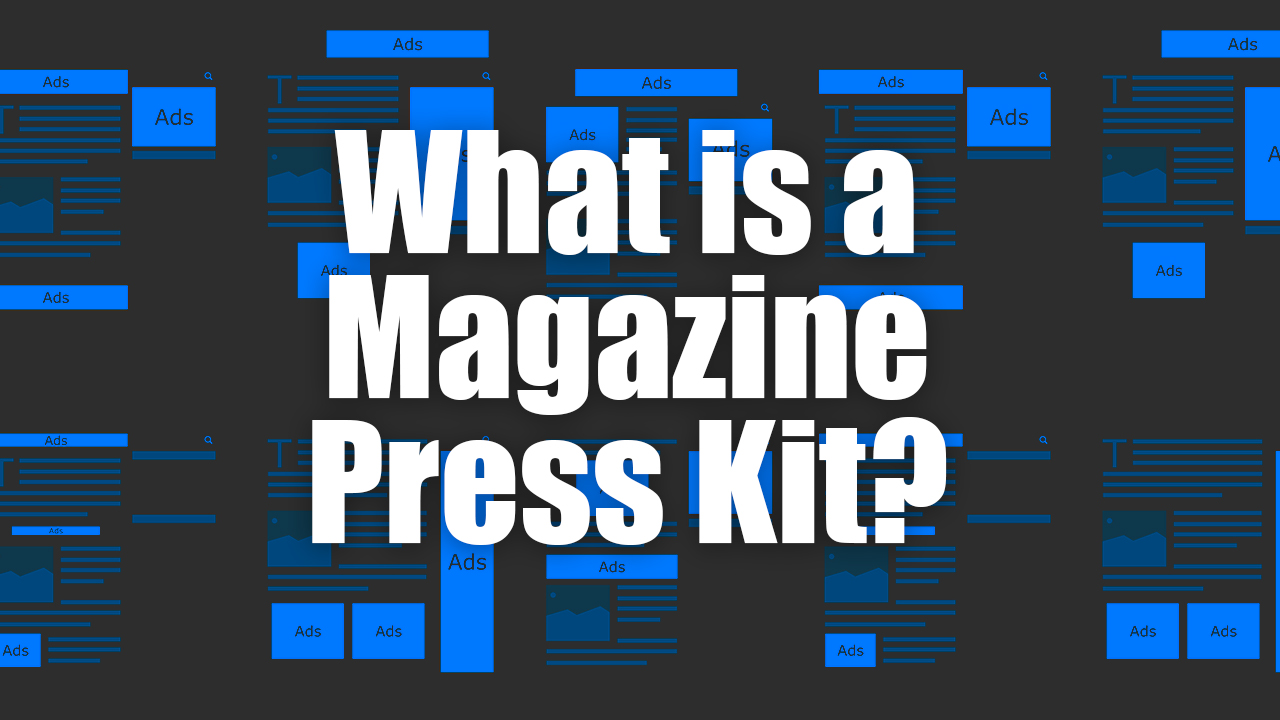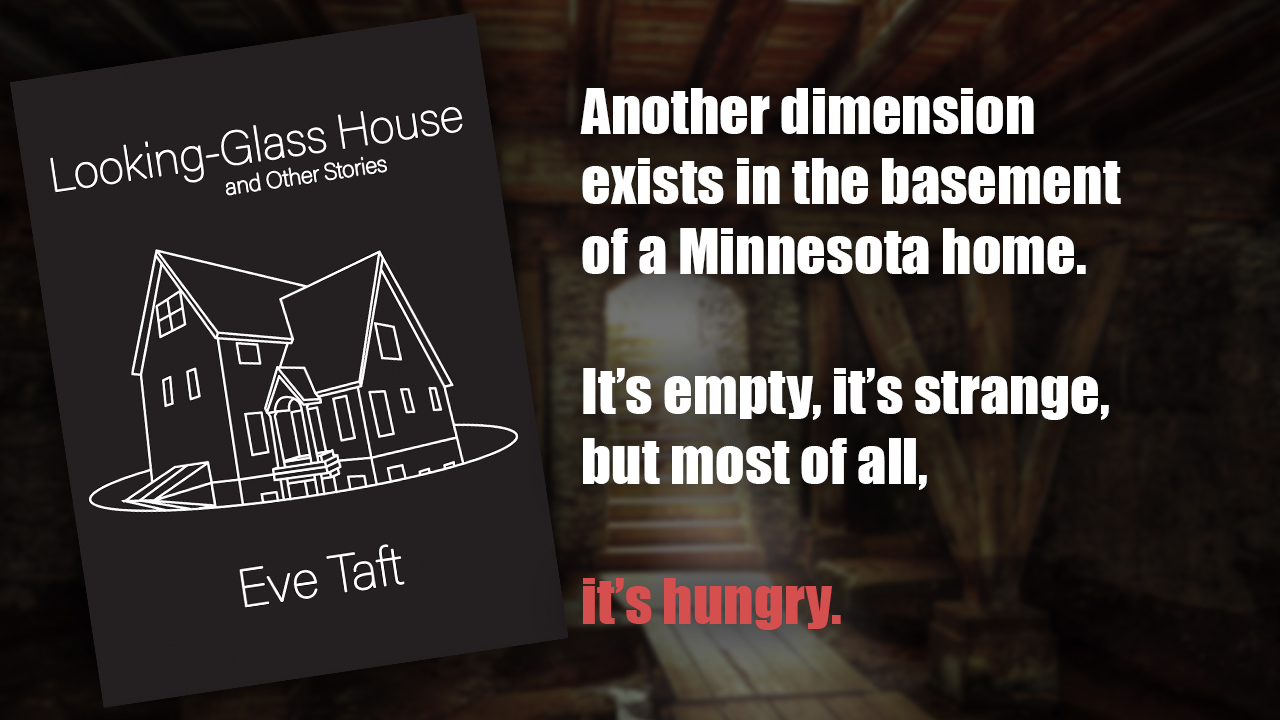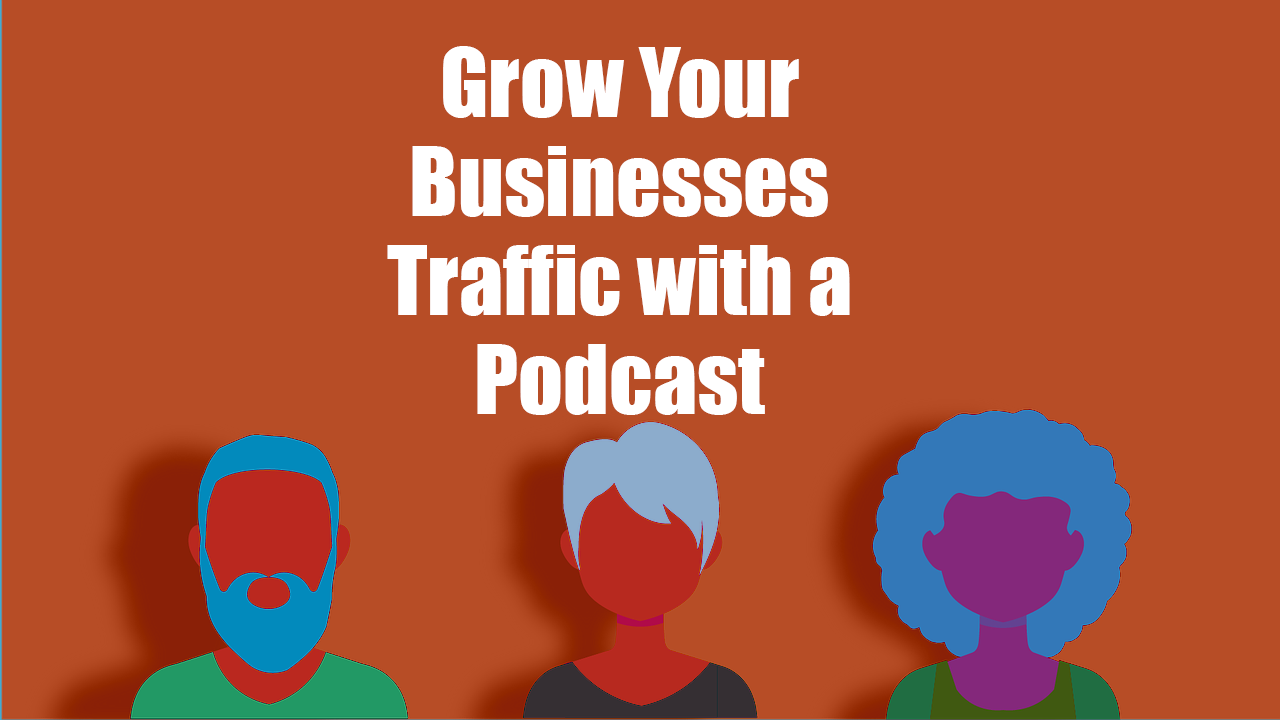Before releasing a book, a company should take several marketing steps to ensure that the book reaches its intended...
Choosing a book title
A book title is the first thing that potential readers will see, and it can make or break the success of a book. A...
Author’s Target Audience
Define what a Target Audience is A target audience refers to a specific group of people who are most likely to be...
MidJourney Oil Painting Optical Color Mixing and Alla Prima
We are going to use Midjourney to explore some art terms and concepts. As I create the art, I want to focus on...
What’s a Magazine Press Kit?
A magazine press kit is a collection of materials that a magazine uses to promote itself to potential advertisers,...
What is the difference between a “target market” and a “target audience”?
When it comes to growing your business, it's important to know who you're talking to. A key component of that is...
New Book Release from Screaming Eye Press: Looking-Glass House and Other Stories
The stories in Looking-Glass House and Other Stories center on misfits and places that are themselves entities. In the...
Grow Your Businesses Traffic with a Podcast
If you want to grow your business traffic online, you should consider creating a podcast. A podcast is an audio file...
The Rise of Artificial Intelligence in Website Content
Artificial intelligence is a hot topic for marketers and website owners. As we move into the digital age, AI will play...
